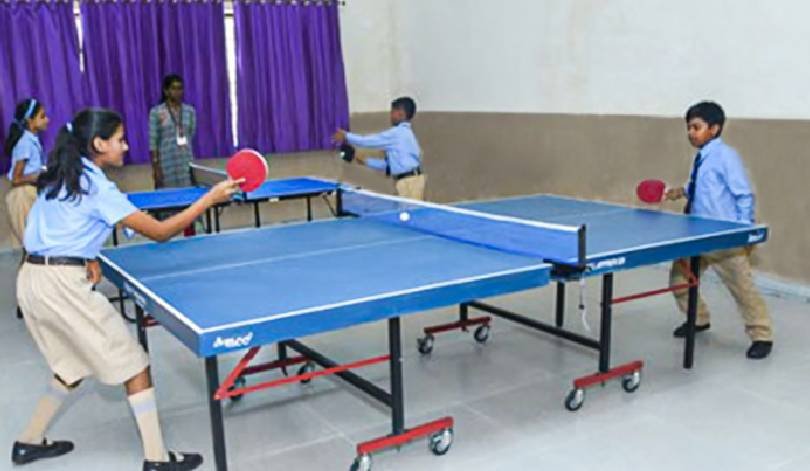Hand-eye coordination, the orchestrated blend of visual inputs with hand movements, isn’t just about catching a ball or doodling on paper. It’s the foundation of many life skills we use daily. The emphasis educational institutions place on this skill, especially in places like Seoni, speaks volumes about its significance.
Delving Deeper: The Science Behind Hand-Eye Coordination
At its core, hand-eye coordination is the brain interpreting visual stimuli and directing hand movements accordingly. When a child sees a picture and tries to replicate it, they train their brain to interpret and react, strengthening neural pathways essential for other tasks.
The Classroom Chronicles: Crafting Coordination
Schools with digital classrooms, especially in the Indian context, are revolutionizing the way we perceive education. Through interactive screens, children engage in activities that challenge and enhance their coordination. Traditional methods, like painting, handwriting, or using geometry tools, remain practical tools to develop these skills. Each stroke, curve, or line drawn requires immense hand-eye harmony.
Fieldwork: Sports and the Role of Precision
Sports in Seoni and their inclusion in the educational curriculum can’t be praised enough for their role in nurturing coordination. Games that require catching, throwing, or hitting provide the real-time feedback essential for refining these skills. Activities like archery or basketball require impeccable timing and precision, further promoting hand-eye coordination.
Beyond Sports: The Arts and Coordination
It isn’t just the sports fields; school art rooms also become grounds for developing this skill. Instruments, whether flute or a tabla, demand the simultaneous reading of musical notes and playing, fostering coordination. Dance forms, especially classical ones, where hand gestures align with rhythmic foot movements and eye expressions, further enhance this coordination.
Tech Intervention: Digital Era and Coordination
The modern tech-augmented methods adopted by the new school in Seoni and elsewhere are commendable. VR setups, coordination-centric video games, and ed-tech apps are amplifying how children can develop hand-eye coordination. Wrapped in entertainment, these digital tools offer rigorous coordination exercises in disguise.
Lifelong Benefits: The Real-World Impact
Improved hand-eye coordination extends its benefits into adulthood. It enhances reaction times, which is vital for drivers or those in professions demanding split-second decisions. For surgeons, the precision in their hand movements is life-saving. Daily tasks like cooking, typing, or even DIY crafts become more efficient with refined coordination.
Holistic Education and Coordination
While academics remain pivotal, holistic education recognizes the importance of life skills like hand-eye coordination. Schools now prioritize activities that foster these skills as much as they emphasize academic excellence.
Podar Learn School, Seoni: Leading by Example
When speaking of a holistic approach, the Podar Learn School Seoni, also known as the VPL School Seoni or VPLS Seoni, shines bright. Their innovative digital classrooms are not mere hubs of knowledge but skill-enhancing centres.
The sports academy, with its vast array of sports, ensures every child has the opportunity to sharpen their physical skills and hand-eye coordination. The emphasis on life skills in the curriculum testifies to the school’s commitment to creating well-rounded individuals.
Podar’s ethos, “Nayee Generation – Nayee Approach”, isn’t just a tagline; it’s their way of ensuring students are prepared for the real world, with all its unpredictabilities and challenges.
In conclusion, while hand-eye coordination might seem like an essential skill, its impact on an individual’s life is profound. With schools, especially in places like Seoni, putting a renewed emphasis on its development, the future generation is poised to be more responsive, skilled, and adept at handling life’s myriad challenges.

